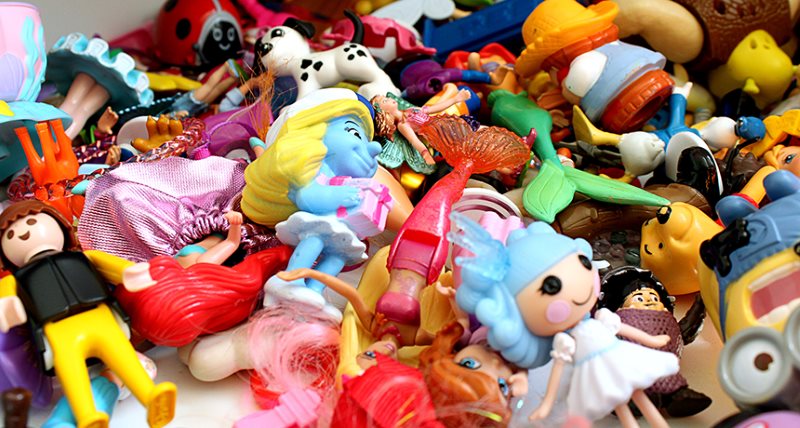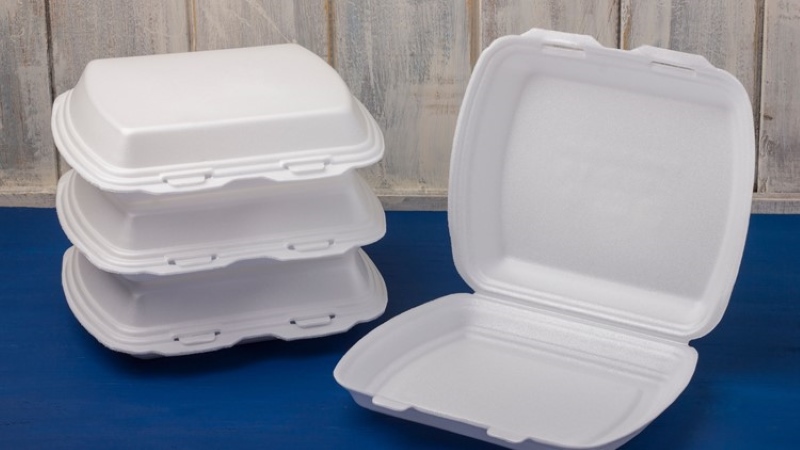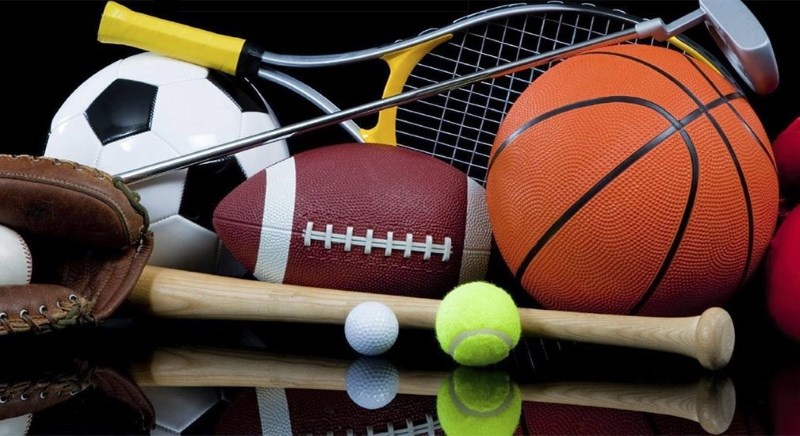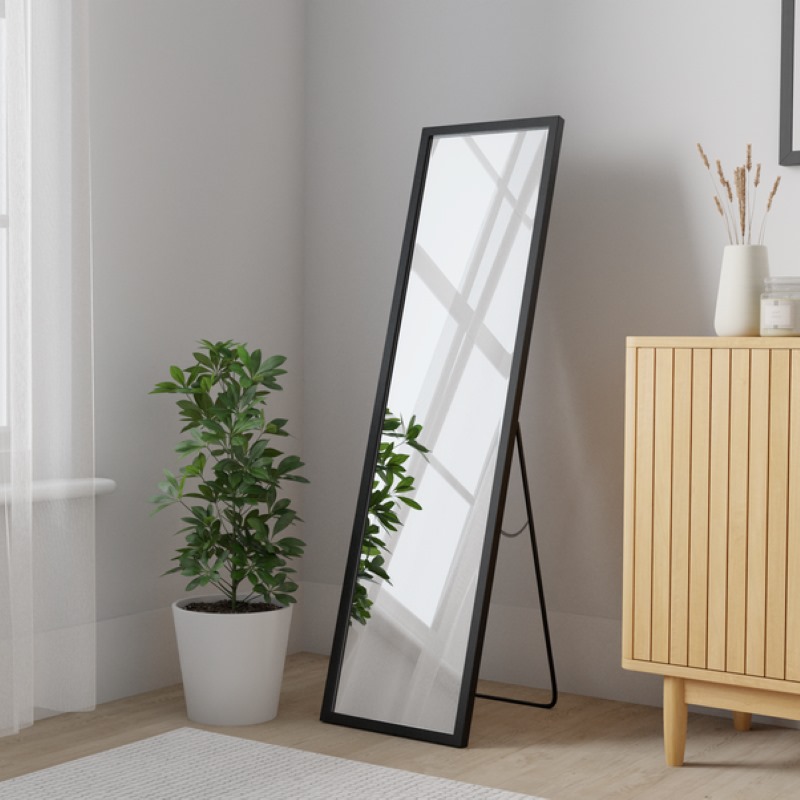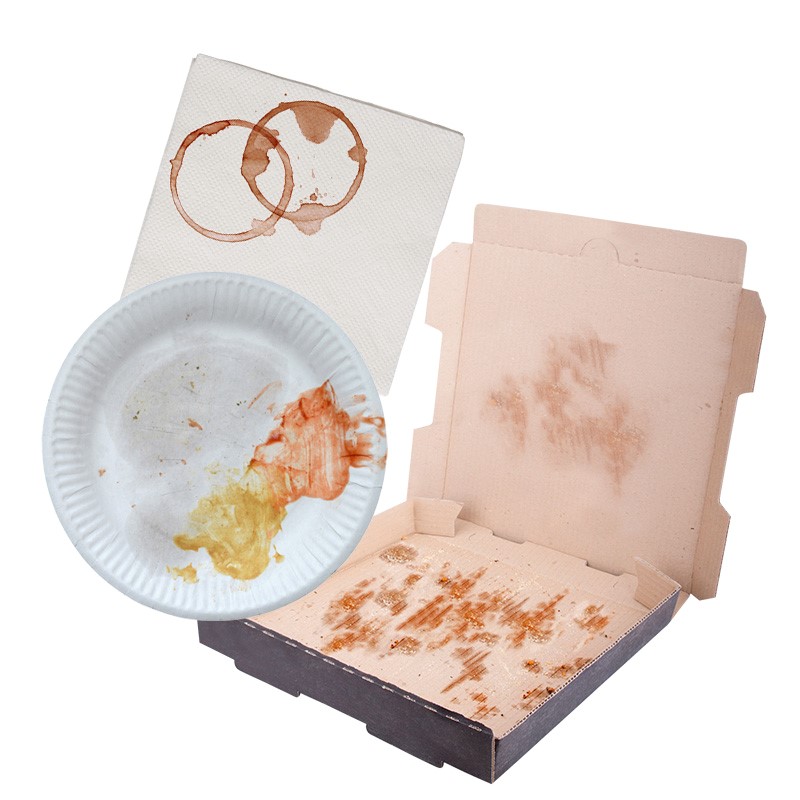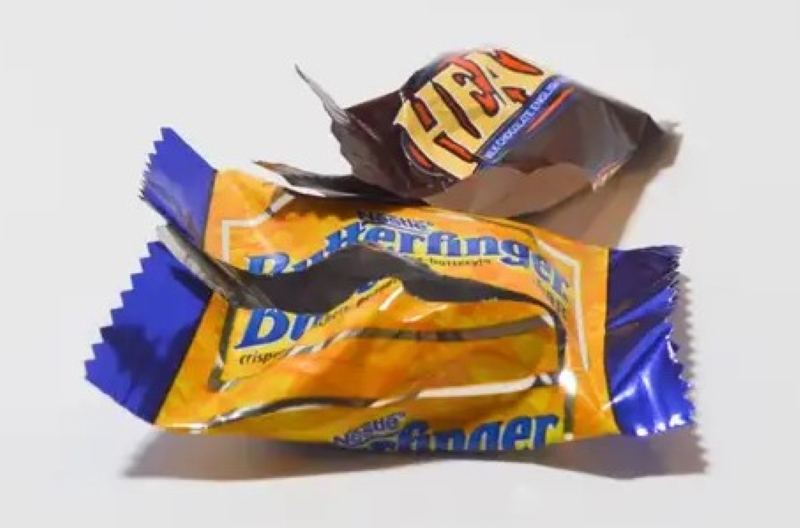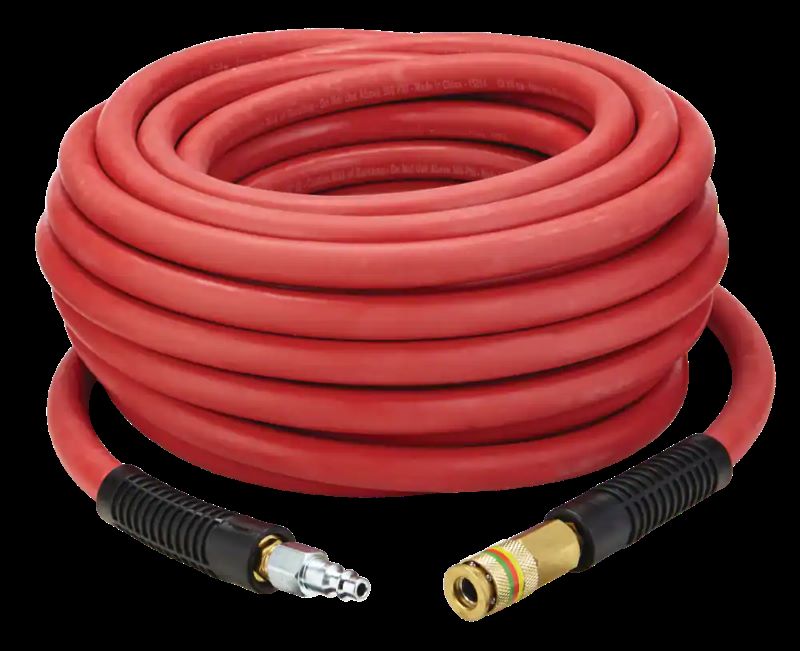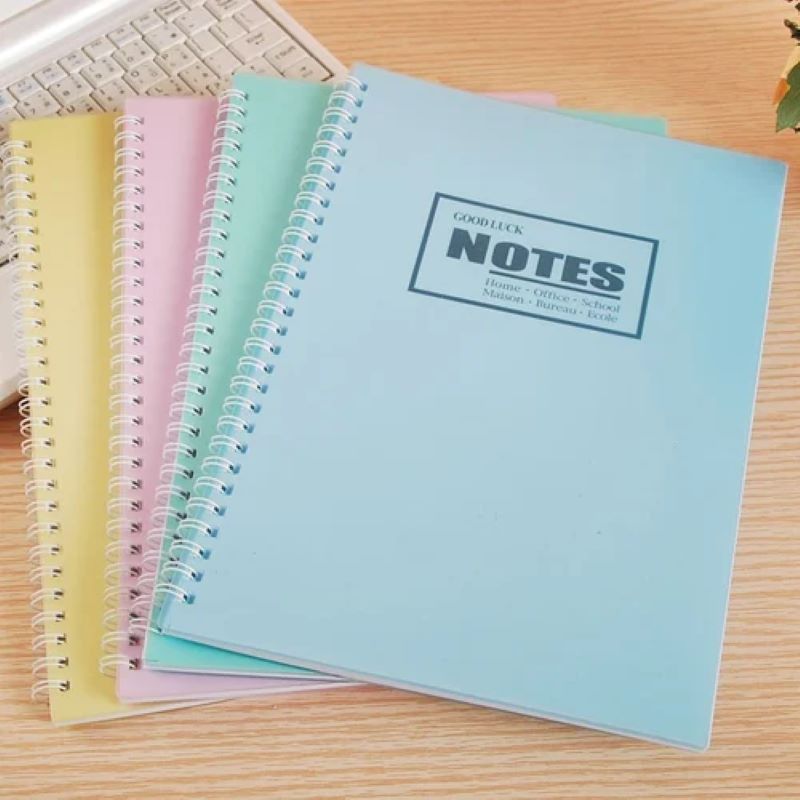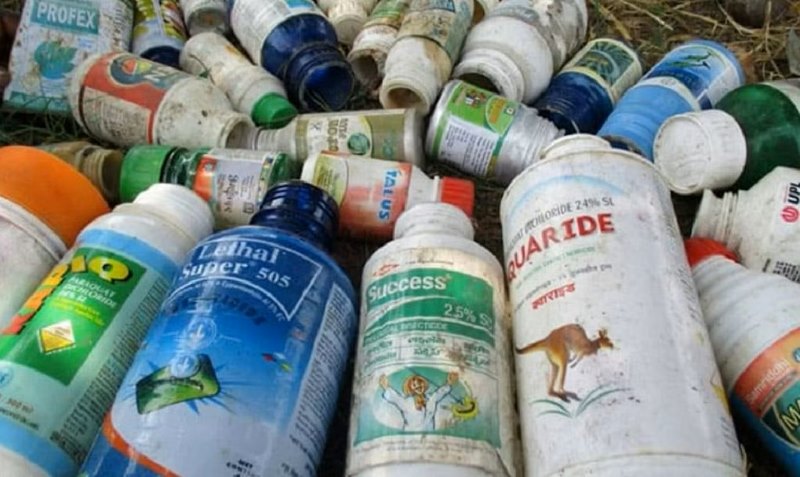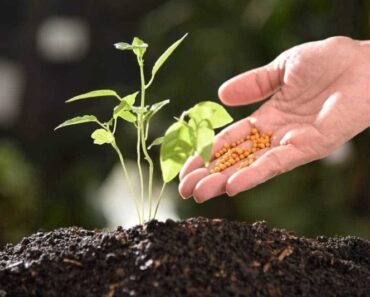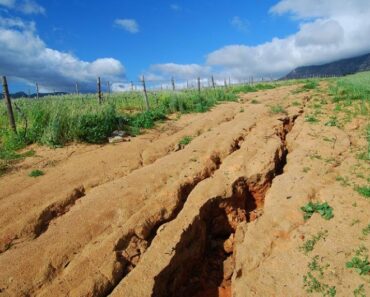Non-recyclable waste refers to items and materials that cannot be processed and reused through standard recycling methods. They often end up in landfills, garbage dumps, incinerators, or in the natural environment, where they can cause pollution and harm to wildlife and ecosystems. The reasons why some items are non-recyclable vary. It could be due to the presence of hazardous materials, contamination with food or biological waste, a mixture of non-compatible materials, or simply because the technology to recycle certain materials is not widely available or economically feasible. Following are some of the common examples of non-recyclable waste:
Examples
1. Plastic Toys
Plastic toys are not easily recyclable because they are often made from different types of plastics mixed together that cannot be handled by recycling centers. Moreover, sometimes they have metal parts or batteries in them that make the task more challenging. Recycling centers need to separate different materials, but with toys, this is hard and costly. So, most plastic toys end up being thrown away instead of being properly disposed of. The best course of action should be to pass on the used toys to someone else or get toys made from recyclable materials.
2. Plastic Utensils
4. Sporting Goods
8. Ceramic Dishes and Pottery
Ceramic dishes and pottery cannot be recycled after they are broken or become useless. The main reason is that when ceramics are made, they go through a special heating process that changes them in a way that makes them impossible to melt down and reshape like we can with glass or plastic. Also, ceramics can sometimes have paints or glazes on them that are not good for recycling. Ceramics last for a long time and have a nice appearance, but if they break or become undesirable, they usually end up in the trash and finally in the landfills, where they don’t break down easily. Being non-recyclable and harmful to the environment, their use should be properly managed.
9. Waxed Packaging Paper
Waxed packaging paper like waxed cardboard has a thin layer of wax on it. This same wax coating is the reason why we can’t recycle waxed paper and cardboard. In the recycling process, paper products need to be mixed with water to break them down, but the wax doesn’t mix with water. So, it can ruin the recycling process and cannot be separated easily from the paper. To be more eco-friendly, it is better to use alternatives that we can recycle or reuse.
10. Food-soiled Paper Products
Treated wood has chemicals added to it to make it last longer; however, these chemicals make the wood difficult to recycle. These chemicals can be harmful to the environment and to people who handle the wood. When treated wood is recycled, these chemicals can get into the recycled material and cause problems. Plus, it is hard to differentiate between treated wood and untreated recyclable wood, so most recycling centers don’t accept treated wood.
12. Snack Wrappers
Snack wrappers like chip bags and candy wrappers are made from a mix of materials, usually plastic and aluminium, that are stuck together. This makes them strong and good for storing food, but it also makes them really hard to recycle. Recycling centers need to separate different materials to recycle them properly, but with chip bags and candy wrappers, it is too hard and expensive to do that. So, these snack packages usually cannot be recycled and end up being thrown away.
13. Photographs
Photographs are special paper prints that are not recyclable like regular paper. The reason we cannot recycle photographs is because they have chemicals and inks on them from the photo-developing process. These chemicals can be harmful and don’t mix well with regular paper recycling. Also, some photos are printed on coated papers to make the picture look shiny or feel smooth, and this coating makes recycling even harder.
14. Yard Waste
Yard waste includes leaves, grass clippings, branches, and plants that come from gardens and yards. However, being natural doesn’t mean they are recyclable especially when they are not collected appropriately. If yard waste is mixed with other types of trash, or if it has things like plastic bags or chemicals from treated wood in it, then it cannot be composted or recycled in the usual way. Some places also have specific rules about how to get rid of yard waste, like needing to put it in special bags or bins. Hence, it is important to follow local guidelines on how to dispose of yard waste properly, so that it can be turned into something useful again, like compost for gardens, instead of ending up in landfills, where it doesn’t break down as well.
15. Garden Tools
Old garden tools, like shovels, rakes, and pruning shears, are usually non-recyclable waste. The main issue is that these tools are often made from a mix of materials, like metal for the blades and plastic or wood for the handles. Recycling centers need to separate different materials to recycle them correctly, but separating the materials in garden tools is hard and sometimes not possible. Also, the metal parts of garden tools are coated or treated to prevent rust, and these coatings can make recycling more difficult.
16. Disposable Diapers
Disposable diapers are made from a mix of materials like plastic, paper, and a special material that absorbs lots of liquid. These materials are hard to separate from each other, and that’s why disposable diapers are thrown away as non-recyclable waste.
17. Carbon Paper
Carbon paper works by having one side coated with a dark, carbon-based material, which is also the reason for it being a non-recyclable waste after use. This carbon coating contains chemicals that don’t mix well with the paper recycling process. These chemicals can contaminate the other paper and spoil the whole recycling batch.
18. Aerosol Cans
Aerosol cans have a special gas that helps push the product (hairspray, deodorant, etc.) out. This gas is the reason why aerosol cans cannot be recycled. If there is still product or gas inside the can, it can be dangerous to recycle it. The pressure inside the can might make it explode when it is crushed or heated up during recycling. That is why recycling centers usually don’t accept aerosol cans unless they’re completely empty.
19. Plastic Wrap
The problem with plastic wrap when it comes to recycling is that it is made from Polyvinylidene Chloride (a type of plastic) that most recycling centers cannot handle. It is too lightweight and can get tangled in the machinery used for recycling, causing problems. Plus, once it’s been used, especially with food, it is often dirty or greasy, which contaminates the recycling process. So, plastic wrap usually has to be thrown in the trash instead of being recycled.
20. Bubble Wrap
Most bubble wrap is made from polyethylene which is non-recyclable. The air bubbles also make it hard for machines at recycling centers to squish it down properly. Plus, if bubble wrap gets dirty or mixed with other types of trash, it cannot be recycled at all.
21. Thermal Paper Receipts
Thermal paper receipts cannot be recycled like normal paper because they have chemicals on them that react to heat. These chemicals can be harmful and can ruin the recycling process for other papers. Also, the shiny surface of thermal paper is not suitable for recycling machines. Choosing digital receipts or asking not to get a receipt for small purchases can be a more eco-friendly choice.
22. Juice Boxes
Juice boxes and other aseptic containers are made from a mix of paper, plastic, and sometimes a thin layer of aluminium. This mix of materials makes these containers hard to recycle as it is difficult and expensive to separate the paper from the plastic and aluminium while recycling. Most recycling centers aren’t equipped to do this, so these containers usually can’t be recycled with regular paper or plastics.
23. Tires and Hoses
The rubber in tires and hoses is made to be very durable and resist breaking down, which is good to use but bad for recycling. When rubber items get old or damaged, they can’t be recycled like paper or plastic because the process of breaking down and remaking rubber is very difficult and expensive.
24. Laminated Paper Products
Laminated paper products like restaurant menus, ID badges, or covers of books have a plastic coating on them. The lamination process sticks a layer of plastic tightly to the paper, and it is very hard to separate them. Recycling centers need to have just paper, without any other materials mixed in, to recycle it properly. Because of the plastic, laminated paper can’t go in with regular paper recycling and usually ends up in the trash.
25. Medical Waste
Medical waste such as bandages, gloves, syringes, and other materials from hospitals cannot be treated like recyclable waste. The main reason is that these items are often contaminated with bodily fluids, medicines, or other substances that can be harmful or dangerous. This contamination means they can’t be safely cleaned and recycled. Recycling contaminated items could spread diseases and would be very risky for the people who work in recycling centers. Therefore, medical waste needs to be carefully thrown away, usually in special bins, and is often incinerated to destroy any harmful substances.
26. Hazardous Chemical Containers
Cleaning products, paint, and pesticides are stored in containers that are coated with hazardous chemicals due to which such containers cannot be recycled as these chemicals can be dangerous. They might be toxic, flammable, or react badly with other substances. Even if the containers are empty, they might still have some residue or fumes of the chemical left inside. This can be harmful to people who handle recyclables and can contaminate other recyclables. So, hazardous chemical containers usually need to be disposed of in special ways, not in regular recycling bins.
- 26 Examples of Non-Recyclable Waste - October 13, 2025
- 19 Examples of Biodegradable Plastics - October 13, 2025
- 19 Examples of Organic Fertilizers - October 13, 2025


